LATVIJA.FM
The Impact of the Protestant Reformation on Latvia
When Martin Luther nailed his theses to the church door in Wittenberg in 1517, the tremors of that act would eventually be felt far beyond the borders of Germany. In Latvia, a land then divided by competing powers and deeply influenced by the Hanseatic League, the Reformation didn’t just arrive—it took root. Lutheranism reshaped religious life, redefined education and literacy, and reconfigured political allegiances in ways that still echo through Latvian society. From cloistered churches to the rise of vernacular scripture, the Reformation helped forge a modern Latvian identity.
The Seeds of Change: A Baltic Crossroads
In the early 16th century, Latvia was part of the Livonian Confederation, a patchwork of bishoprics and territories dominated by the Catholic Church and the German-speaking elite. But the region’s bustling trade networks, particularly through Riga—then a Hanseatic city—meant that ideas traveled quickly. Lutheran pamphlets, sermons, and Bibles crossed the Baltic Sea, carried by merchants, students, and seafarers. The city’s proximity to German-speaking lands made it one of the earliest non-German regions where Protestant ideas found fertile ground. By the 1520s, sermons influenced by Luther’s teachings were already being preached in Riga.
Riga as a Reformation Stronghold
The city of Riga quickly became a center of Reformation fervor. In 1522, the first Protestant sermon in the city was delivered by Andreas Knopken, a German preacher inspired by Luther’s doctrines. The sermon sparked not just theological debate, but public unrest. Monasteries were stormed, and Catholic rituals were questioned or outright rejected. By 1524, Riga’s city council had officially embraced the new faith, allowing for the establishment of Lutheran congregations. Over time, many of the city’s medieval Catholic churches were repurposed as Lutheran places of worship—a symbolic and literal transformation of the city’s spiritual architecture.
Education and the Latvian Language
One of the Reformation’s most profound legacies in Latvia was its impact on education and language. Luther had insisted that all believers should be able to read the Bible in their own tongue—a revolutionary idea that inspired a wave of vernacular translations across Europe. In Latvia, this impulse encouraged the development of written Latvian. The first printed Latvian text appeared in the 16th century: a Lutheran catechism translated by Nicolaus Ramm and later refined by Georg Mancelius. Lutheran pastors, often of German descent, began learning Latvian to preach to the peasantry, fostering a literary tradition that elevated the native tongue from oral folklore to written scripture.
A Faith for the People
Unlike the Catholic Church, which had long relied on Latin and the authority of the clergy, Lutheranism emphasized direct access to scripture and a personal relationship with God. In rural Latvia, this democratization of faith resonated strongly. Lutheran pastors organized schools in parishes, and literacy began to spread among the peasant population—albeit slowly and unevenly. Religious instruction became a key feature of village life, and the church became not just a place of worship, but of learning. This laid the groundwork for a more educated and self-aware Latvian-speaking population, centuries before the rise of nationalism.
Reformation and Resistance
Of course, the Reformation in Latvia was not without resistance. In Latgale—the eastern part of modern-day Latvia—the Catholic Church managed to retain its influence, particularly after the region came under Polish-Lithuanian control in the 17th century. Jesuit missions revived Catholic traditions, leading to a religious divide that persists to this day. The Reformation’s triumph in Vidzeme and Kurzeme stood in contrast to Latgale’s Catholic resilience, creating a unique religious map in a small country—one shaped not by geography alone, but by history’s competing currents.
Enduring Legacies
Today, Latvia remains one of the few European countries with such a clear religious split rooted in the Reformation era. Lutheranism is still the dominant confession in much of the country, while Catholicism thrives in the east. But beyond denominations, the Reformation’s true legacy lies in its shaping of Latvian culture: its encouragement of literacy, its empowerment of the vernacular, and its quiet nurturing of civic life and education. The echoes of 16th-century sermons still resonate in Latvia’s churches and schools, reminding us that revolutions of the spirit can change the course of nations.
Image: Riga Dom Cathedral by Koos van den Beukel
License: Creative Commons Attribution-ShareAlike 4.0 International
Source: Own work, via Wikimedia Commons
License: Creative Commons Attribution-ShareAlike 4.0 International
Source: Own work, via Wikimedia Commons
